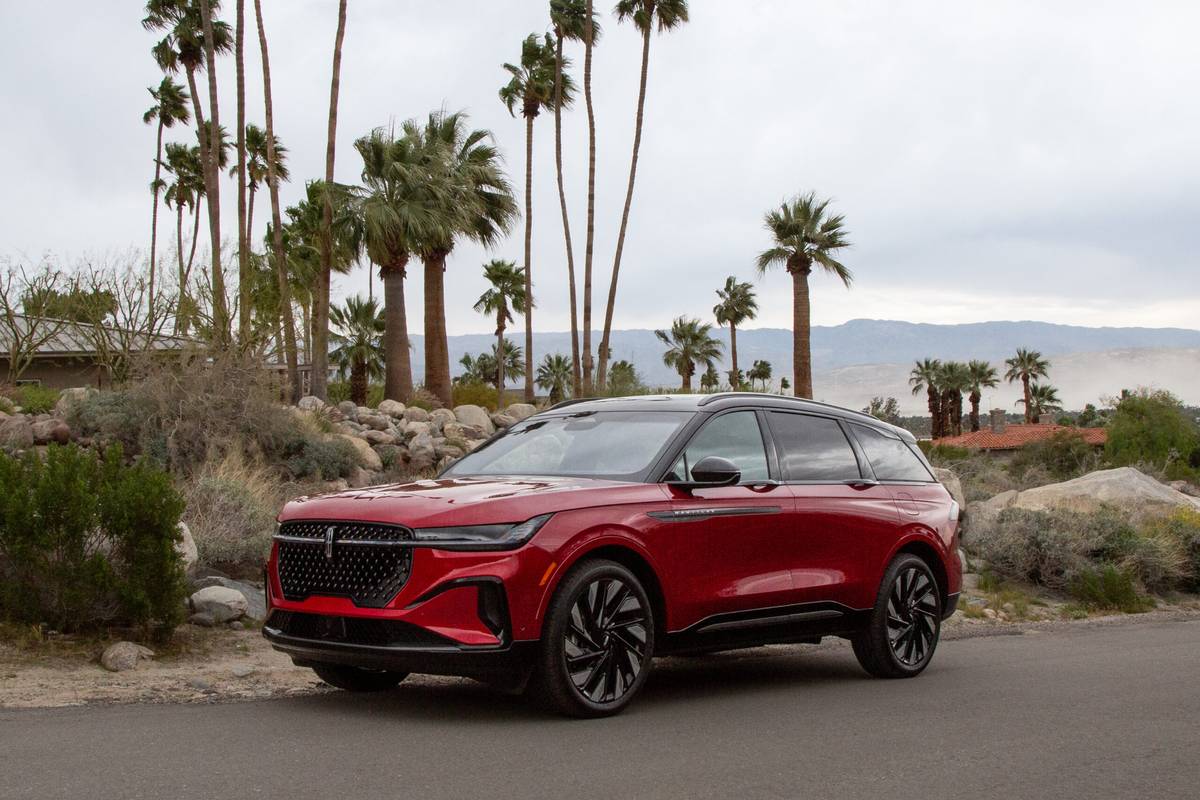chicagotribune.com's view
Why did the Hyundai Excel take the nation by storm?
How did the front-wheel-drive mini South Korean become the best-selling import and the nation`s fifth-best-selling model, import or domestic, in little more than a year?
Excel sales totaled 148,493 in the first half of this year, up from 127,056 in the year-earlier period.
There are lots of theories, with most of them focusing on a sticker price just a tad over $5,300.
It`s not surprising that cheap price was a lure. Yugo catapulted from nowhere based on a $3,995 sticker until quality caught up with it and consumers looked for an alternative.
The Volkswagen Fox, Subaru Justy, Pontiac LeMans and Ford Festiva are better cars than the Excel, but availability of those models was limited while Hyundai kept turning out Excels.
We test drove an 1988 Excel GLS. It carried a base price of $7,645 and a sticker with options and freight of $9,365. Now that`s cheap when compared with a $125,000 Ferarri Testarosa or a $43,000 Jaguar XJ6 or even a $25,000 Buick Reatta. But is $9,365 cheap versus a $10,000 Ford Tempo?
When consumers heard or read $5,300, they didn`t run out looking at $10,000 competition, especially domestic small cars. In fairness, you can`t find a $5,300 small domestic car.
The Excel GLS four-door sedan we drove was attractive. It`s easy to see how a consumer with little to spend could walk into a dealership, spot a GLS sedan and do somersaults based on the belief he or she was getting a smartly styled and decorated $5,000 car.
For $5,395 you get a base Excel two-door hatchback with 4-speed manual. For $6,495 you move up to the GL two-door hatchback with 5-speed. The GLS four-door hatchback with 5-speed starts at $7,495, the GLS four-door notchback sedan 5-speed starts at $7,645. The sports model is the GS two-door hatchback with 5-speed at $7,595. And those are base prices without options.
As we said, the GLS looks very nice, as well it should at $2,300 more than the price leader. Interior space is decent, with a back seat that is surprisingly ample to seat two adults with plenty of arm, head and leg room. The trunk is another surprise; there`s lots of cargo capacity. Thick, wide body side moldings offer lots of protection from minor parking lot dents and dings.
Then you turn on the key and the bubble bursts. The 1.5-liter, carbureted 4-cylinder is built for mileage. Performance is low on the list of priorities. Fifth gear is an overdrive. You can`t miss knowing when you`re in fifth because you suddenly are overcome with the feeling you just pulled the chute. Stay in fourth gear for such maneuvers as driving in traffic, merging or heading up an incline.
The suspension is iffy. There`s lots of movement-sway and sideways motion and the feeling as if you`re floating when you would prefer evidence of contact with the pavement. The four-wheel independent suspension el iminated lots of road harshness, but at the expense of road feel. This despite steel- belted all-season radial tires that come mounted on aluminum alloy wheels for $325.
When we lifted the hood, our hunt for the oil filter stopped when we spotted the fan belt on the transversely mounted powerplant. If that belt brakes or needs changing it means removing lots of overhead hardware for what should be a simple, inexpensive task. And, no, we didn`t find the oil filter. Standard equipment is fairly extensive with color keyed bumpers, front and rear mud flaps, AM-FM stereo with cassette, cloth seats, tinted glass, dual remote mirrors, electric rear window defroster, intermittent wipers, trip odometer, quartz clock and a manually operated multi-adjustable driver`s seat. Hyundai would be better off investing some dough in a peppier engine and more sure footed suspension than in all the wacky seat controls for forward- back, up-down, in-out and whatever on the seat which never quite reached the comfort level we were se eking.
Among popular options, power steering runs $240; air conditioning, $715; and automatic transmission, $450. You can only wonder if and/or how automatic would coax the horses to trot from the 1.5-liter engine.
Looking for a $5,300 alternative to a used car? Then you have to accept an underpowered Excel in its base form. When you move up to obtain some of the creature comforts you`ve grown to expect in a car, you have to accept the fact you`ll pay lots more money.
Does a $9,365 Excel make a good alternative to a used car? You can get a lot of used car for $9,365. For a little more, you can get a larger new car. We checked some Ford dealers, for example, and a compact Tempo GL with automatic transmission, air conditioning, AM-FM radio, power door locks, tilt wheel and dual remote mirrors was listing for $9,783, about $400 more than the Excel GLS.
The Excel is built on a 93.7-inch wheelbase and is 161 inches long, and Tempo is built on a 99.9-inch wheelbase and is 177 inches long. The Excel`s 1.5-liter, 68-horsepower, 4-cylinder engine is similar to Tempo`s 2.3-liter, 98-h.p. 4-cylinder.
The Tempo is just one example, because Chrysler offers the $5,995 Dodge Omni/Plymouth Horizon and $6,995 Dodge Aries/Plymouth Reliant America models. Last week Hyundai said it expects to ship a larger compact model called the Sonata to the U.S. beginning in October to compete with such cars as the Honda Accord. Rather than a 1.5-liter four, the car would be powered by a 1.8- or 2-liter 4. And a successor for the Excel would be expected in about two years.
Latest news



